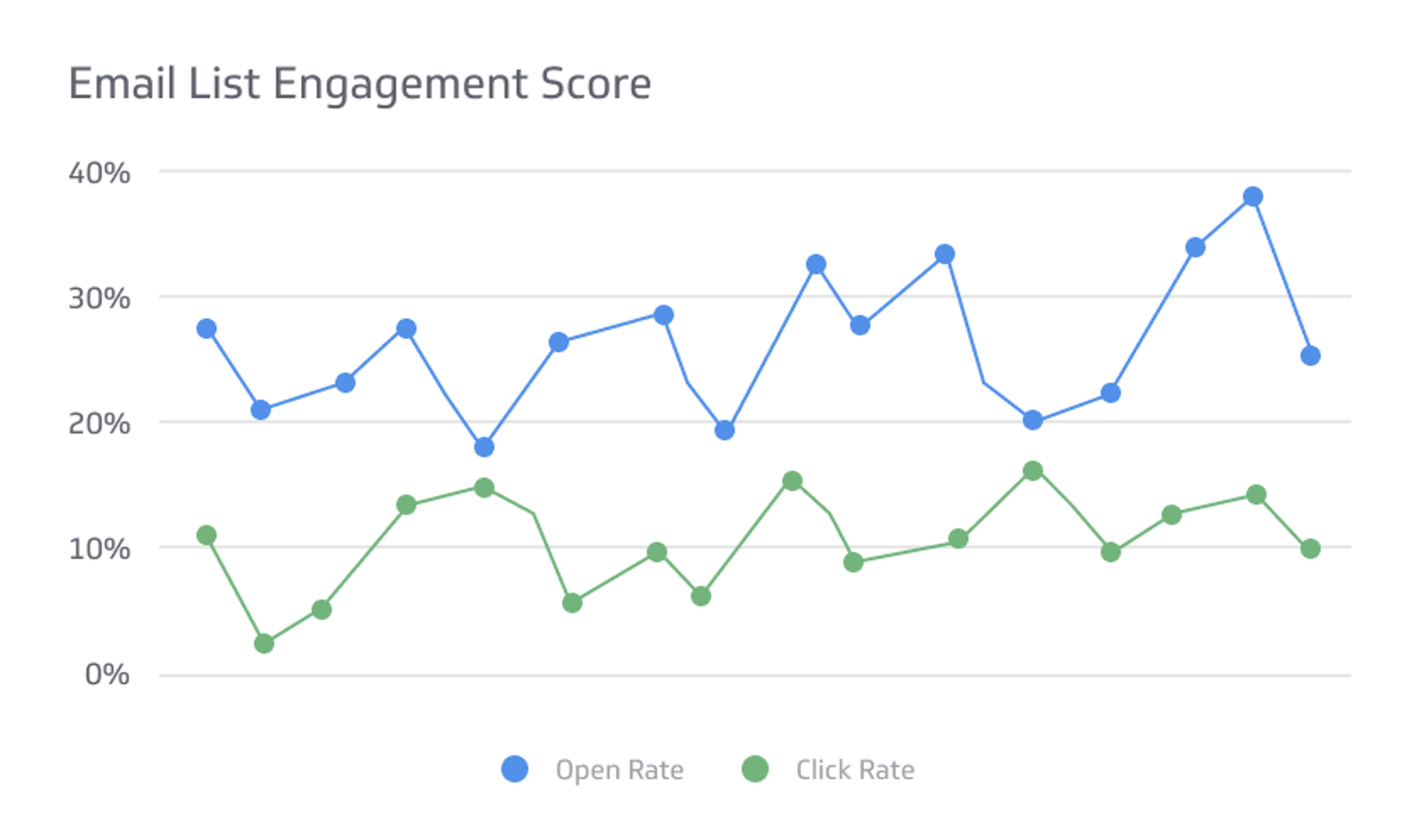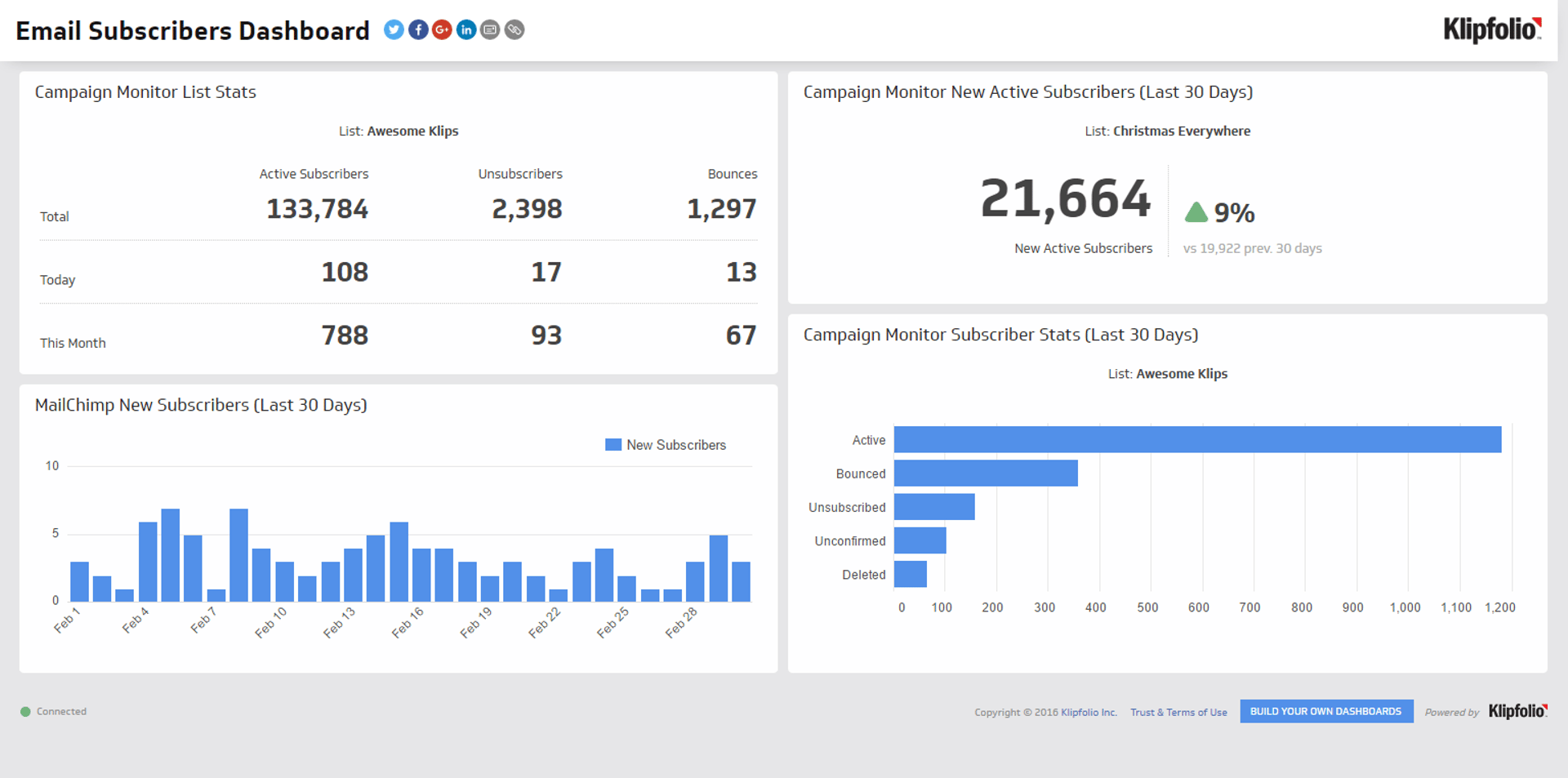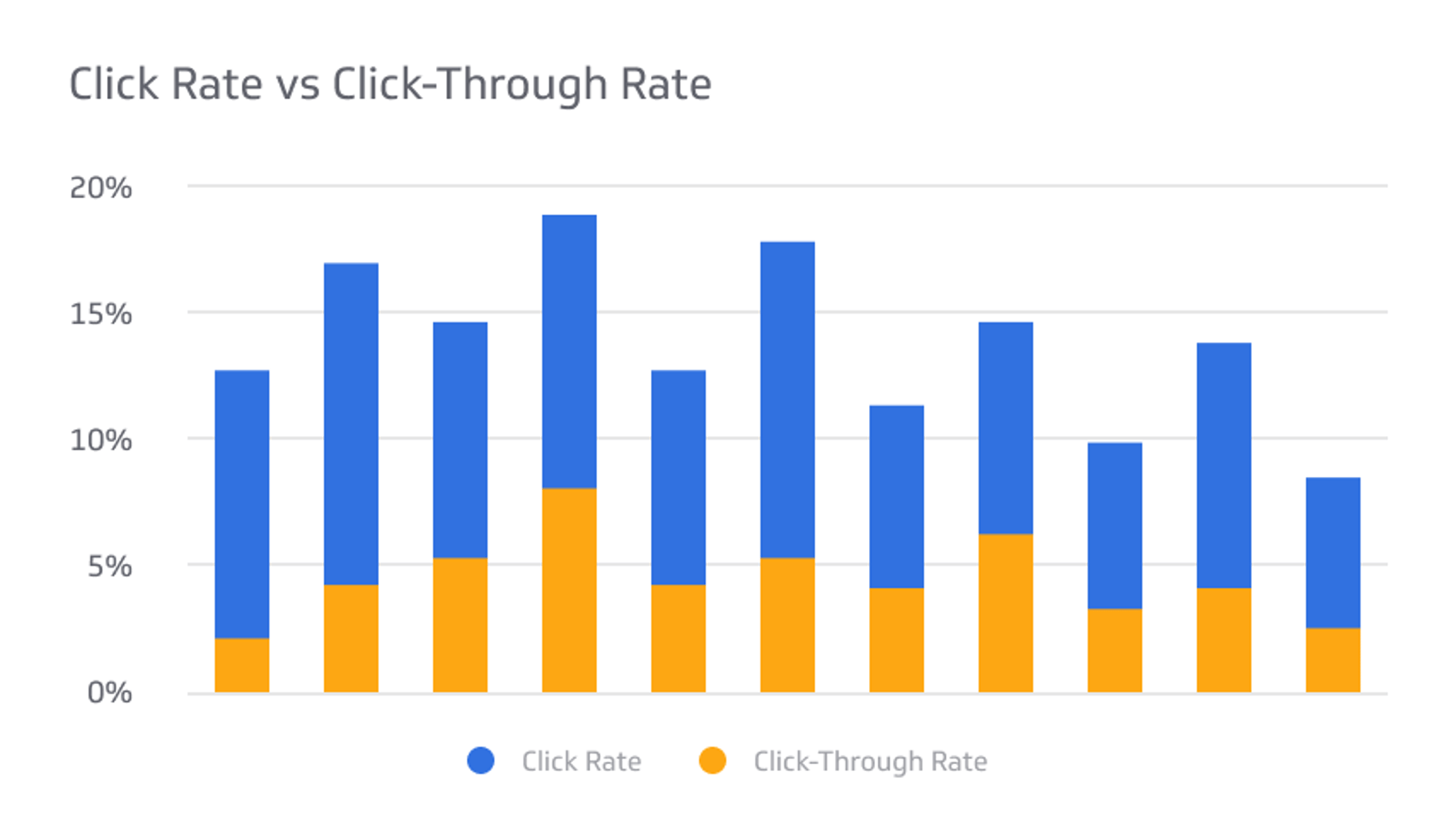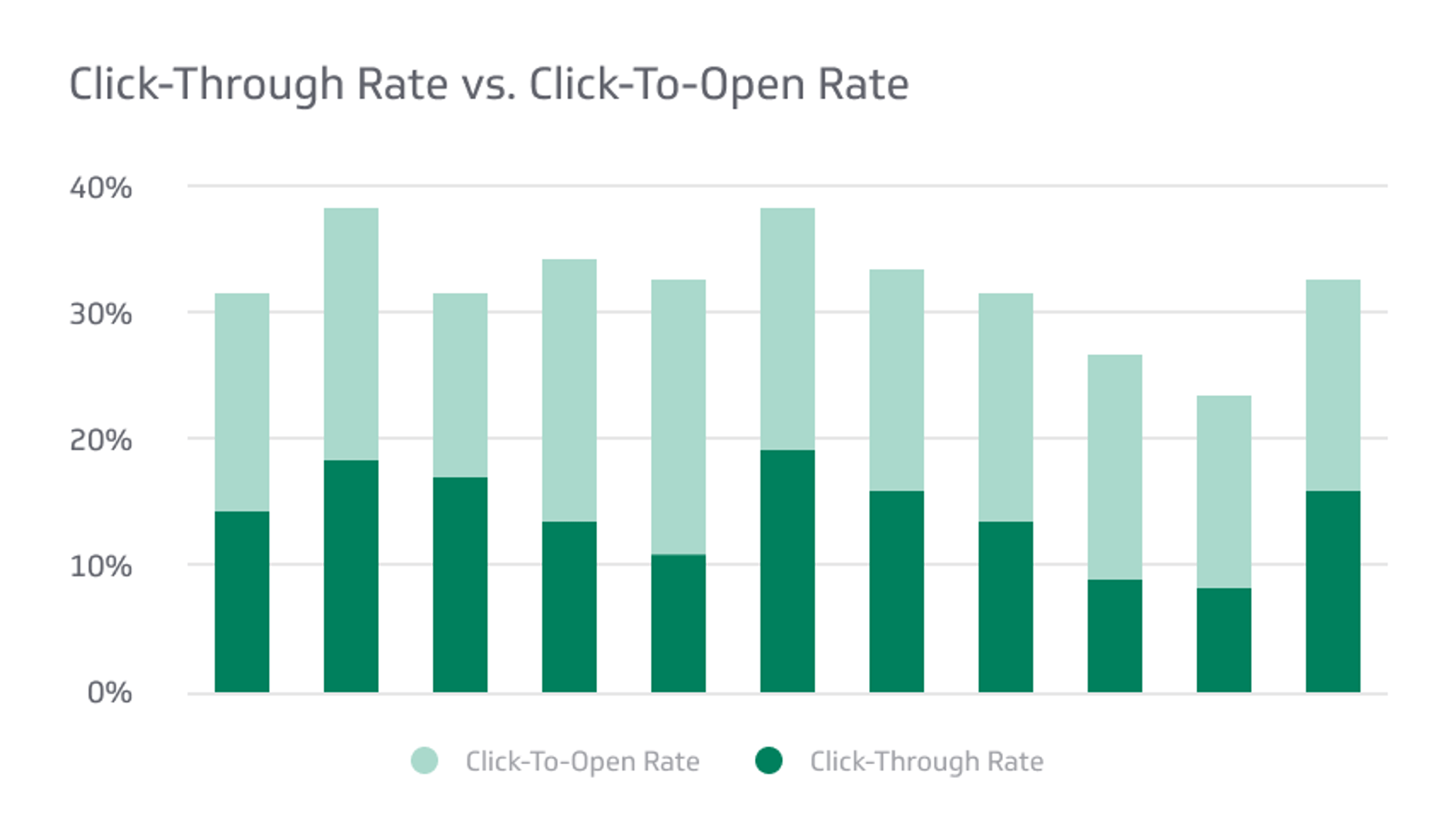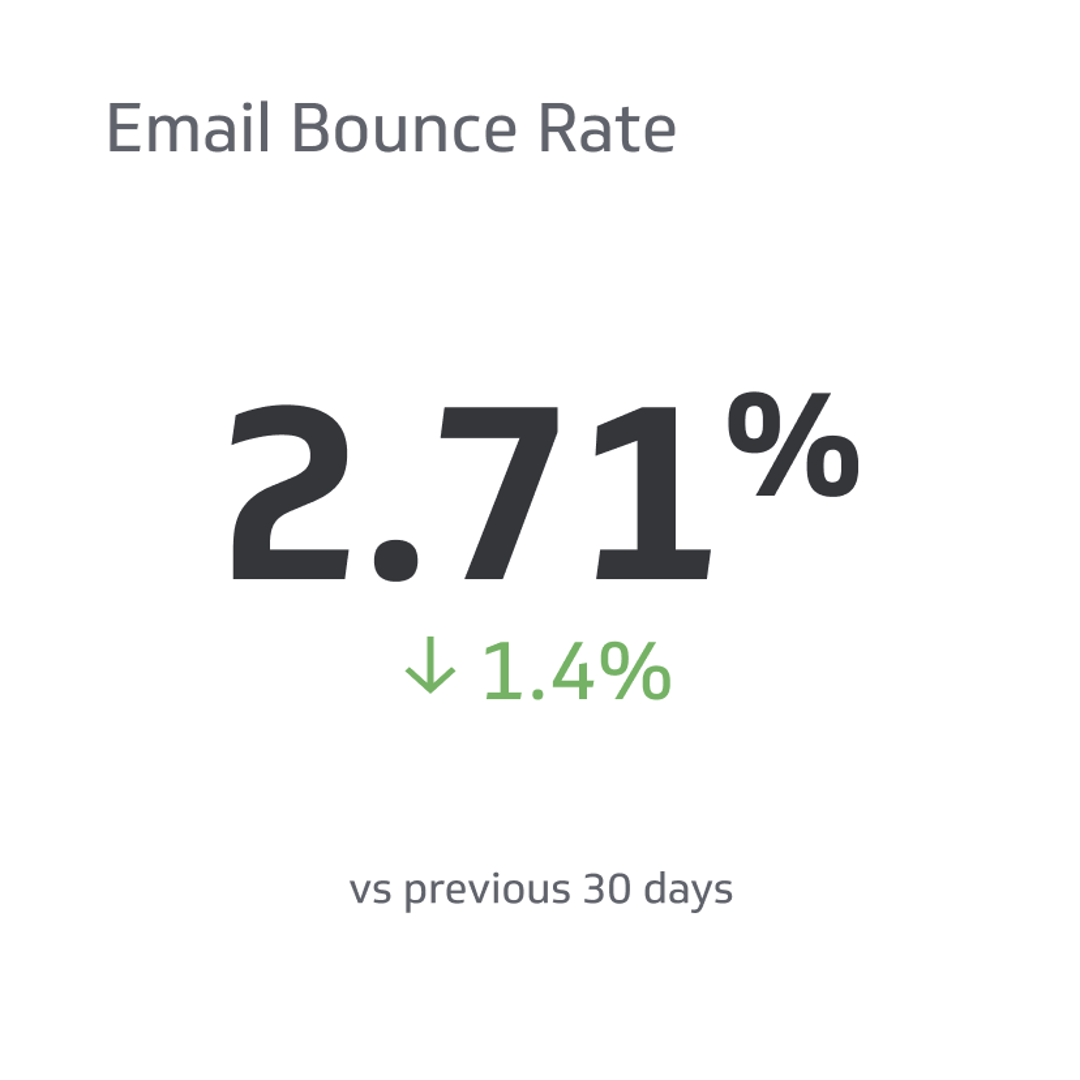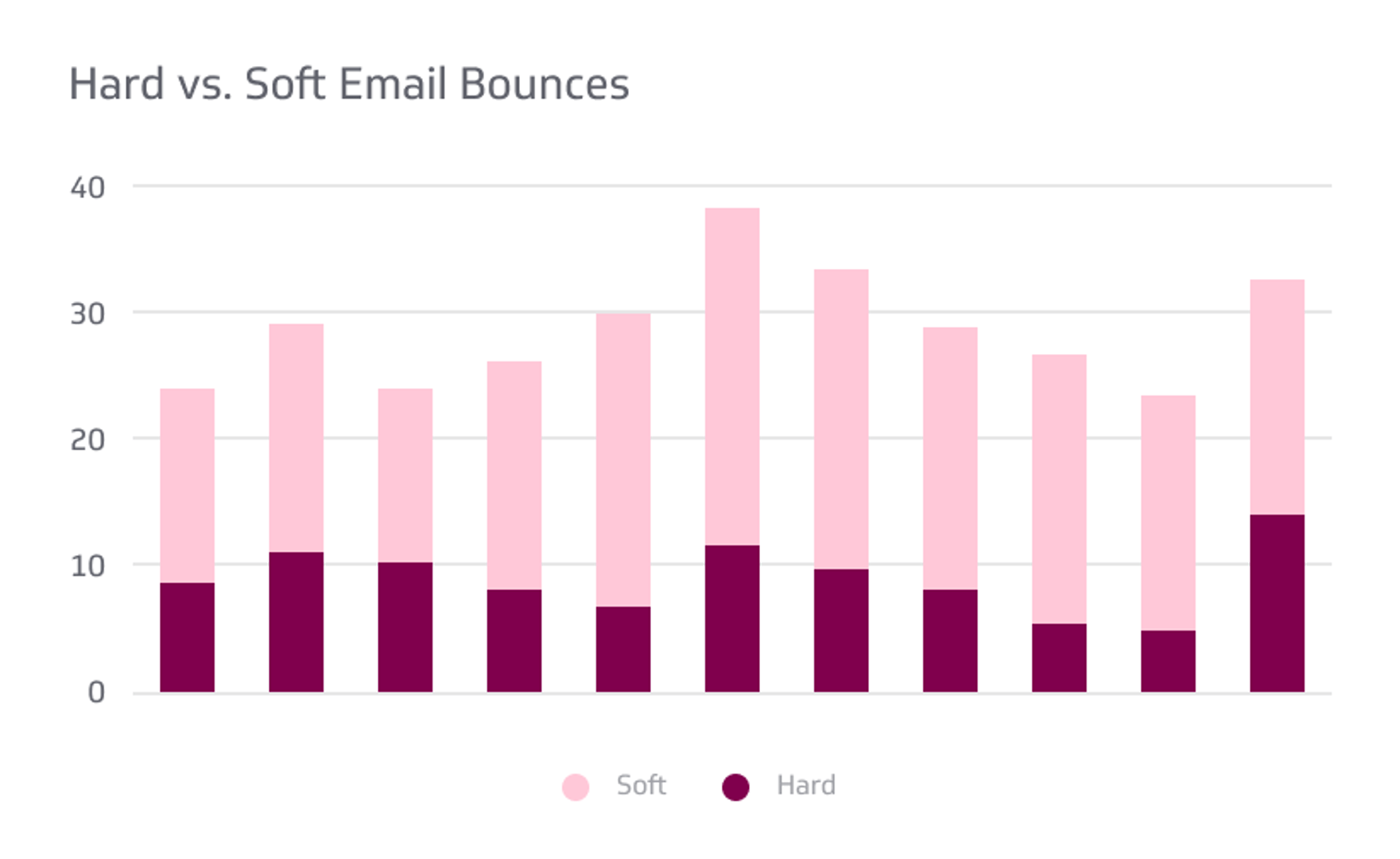Email Marketing Metrics & KPIs
Metrics & KPIs for modern email marketers
Track all your Email Marketing KPIs in one place
Sign up for free and start making decisions for your business with confidence.
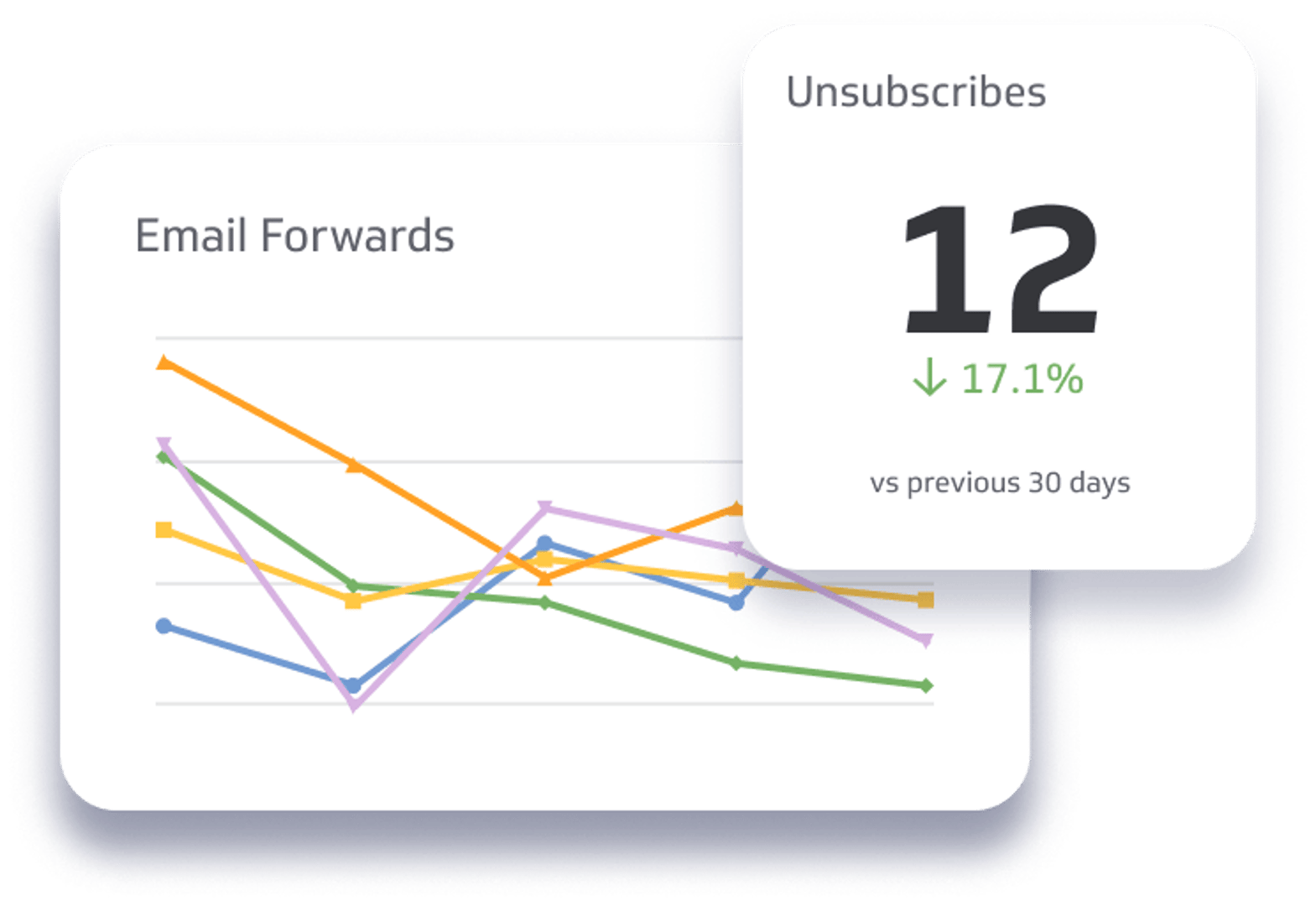
Essential Email Marketing Metrics & KPIs Every Marketing Professional Should Be Tracking
As a marketing professional, you understand the power of email marketing in connecting with your audience and driving conversions. However, it's important to monitor the right metrics and key performance indicators (KPIs) to make the most out of your email marketing campaigns. By tracking these data points, you'll be able to identify areas for improvement, optimize your campaigns, and achieve better results.
Gauge the Initial Engagement of Your Audience With Open Rate
The email's open rate measures the percentage of recipients who open your emails. This fundamental metric indicates your audience's initial engagement with your campaign. A high open rate suggests that your subject lines and pre-header text are compelling and relevant to your subscribers. To improve your open rates, consider testing different subject lines, personalizing content, and segmenting your audience.
Evaluate the Effectiveness of Your Email Content
The click-through rate (CTR) shows the percentage of recipients who click on one or more links within your email. This metric is essential for assessing the effectiveness of your email content, as it demonstrates your subscribers' level of interest and engagement. To enhance your CTR, ensure that you craft engaging content, use strong calls-to-action, and optimize your email design for readability and mobile devices.
Measure the Impact of Your Campaigns on Business Goals
The conversion rate indicates the percentage of recipients who perform the desired action after clicking on a link within your email. The desired action could include making a purchase, signing up for an email newsletter, or submitting a customer survey. Monitoring your conversion rate is critical for understanding the impact of your email marketing campaigns on your overall business goals. To boost your conversion rate, focus on optimizing the user experience on your landing pages, creating relevant offers, and nurturing leads through targeted follow-up emails.
Identify Potential Delivery Issues
The bounce rate represents the percentage of emails not delivered to the recipient's inbox. There are two types of bounces in email marketing: hard bounces, which occur when the email address is invalid or non-existent, and soft bounces, which happen due to temporary issues like a full inbox or server problems. Keeping your bounce rate low is essential for maintaining a healthy sender reputation and ensuring high deliverability rates. To reduce your bounce rate, make sure to clean your email list regularly and use double opt-in subscription methods.
Monitor the Satisfaction of Your Subscribers
The email unsubscribe rate is the percentage ratio of recipients who choose to unsubscribe from your email list after receiving a campaign. A high unsubscribe rate can signal that your content may not be meeting the needs or expectations of your audience. To minimize your unsubscribe rate, focus on delivering valuable and relevant content, segmenting your audience for better targeting, and setting clear expectations during the subscription process.
Email Sharing and Forwarding: Promote Viral Growth
The email sharing and forwarding metric tracks the number of times your email is shared or forwarded by recipients. This metric is important for understanding the viral potential of your campaigns and identifying content that resonates with your audience. To encourage sharing and forwarding, create engaging and shareable content, include social sharing buttons, and offer incentives for referrals.
List Growth Rate: Expand Your Subscriber Base
The list growth rate measures the net increase in your email subscriber list over a specific period. This metric is crucial for understanding the success of your list-building efforts and ensuring a continuous flow of new prospects. To improve your list growth rate, implement effective opt-in forms, offer valuable incentives for subscribing, and promote your email list through various marketing channels.
Return on Investment: Assess the Financial Performance of Your Campaigns
The return on investment (ROI) is a key metric for evaluating the financial performance of your email marketing campaigns. By measuring ROI, you can determine the profitability of your email campaign efforts and identify areas for improvement. To calculate your ROI, divide the revenue generated from your email marketing efforts by the total cost of running the campaign. To increase your ROI, focus on optimizing your email content, segmenting your audience, and implementing data-driven strategies to improve conversions.
Spam Complaint Rate: Safeguard Your Sender Reputation
The spam complaint rate measures the percentage of recipients who mark your email as spam. A high spam complaint rate can lead to deliverability issues and damage your sender reputation. To reduce your spam complaint rate, ensure that your email content is interesting, relevant and most importantly, valuable to your audience, use a recognizable sender name, and comply with email marketing regulations such as the CAN-SPAM Act and GDPR.
Time Spent on Email: Gauge Subscriber Engagement
The time spent on email metric provides insights into how long subscribers spend reading your emails. This metric can help you understand the level of engagement and interest in your content. To increase the time spent on email, focus on creating captivating content, using visually appealing design elements, and formatting your email for easy readability.
Continuously Optimize Your Email Marketing Efforts
By monitoring and analyzing these essential email marketing metrics and KPIs, you can continuously optimize your campaigns, drive better results, and achieve your business goals. Keeping a close eye on these data points enables you to make data-driven business decisions, optimize your strategy, and maximize the impact of your email marketing efforts.

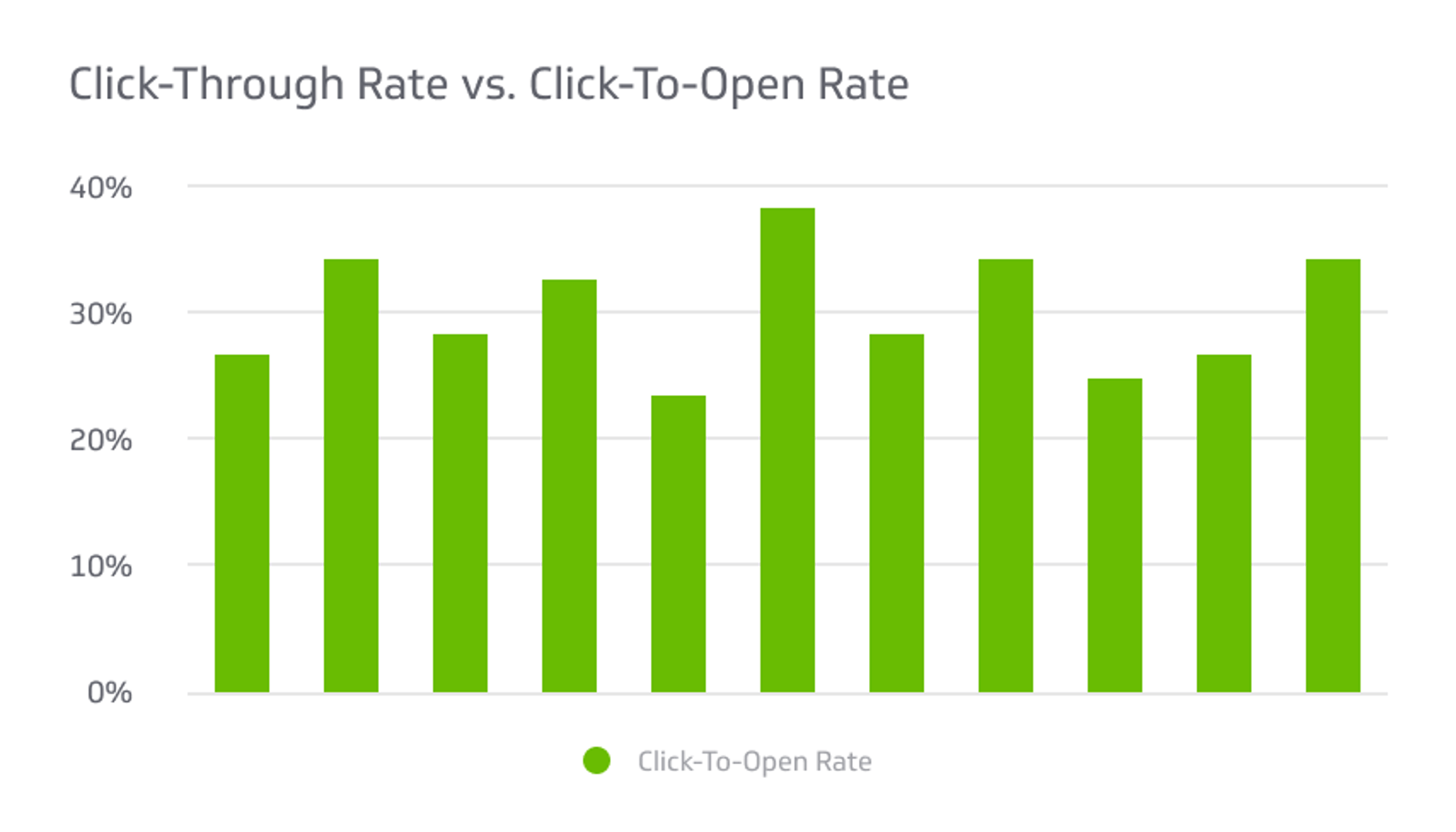.png)
